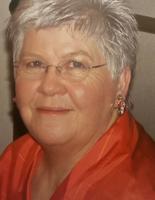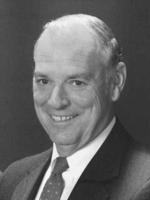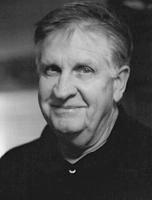It was a dark night in New York City in 1900. The old man slept in his bed alone. A vast fortune lay at his command. A shadowy figure approached. And the old man would never awake again. With the death of William Marsh Rice, a murder mystery exploded. This mystery was at the heart of the birth of one of the most prestigious institutions of higher education in Texas, Rice University.
Rice was born in Springfield, Massachusetts, in 1816. An enterprising and ambitious young man, he was anxious to get a start in the business world. He quit school at age 15 and picked up a job as a store clerk. In 1837, by the age of 21, he bought out the store and planned for higher fortunes. He saw the untapped potential of Texas and staked everything on his success in the young republic.
In 1838, he packed up his store and sailed to Texas. A shipwreck destroyed his belongings, and he arrived in Houston penniless. He scrambled to rebuild, working as a clerk, running a bar, and eventually working with local investors to start a new dry goods business. Business was brisk, and his fortunes soared. He invested in cotton and real estate, coming to own a hotel and other properties in Houston as well as a stakeholder in railroads and an insurance company. He started a successful business that brought ice from Boston to Houston in the summers. By the eve of the Civil War, he was one of the richest men in Texas.
During the Civil War, he turned his own stately home into a Confederate hospital and went to Mexico to operate his many business interests. After the war, he moved to New York. He was twice married, both stormy unions ending with the deaths of his wives, both from natural causes. He had no known children.
Rice had initially decided to leave the bulk of his estate to create an orphanage but by 1887 changed his mind to create a university in Houston, to give back to the city that had made his fortune. The William M. Rice Institute for the Advancement of Literature, Science, and Art was chartered in 1891. Rice’s will made it clear that the institute would be endowed with the bulk of his $4 million estate (worth more than $117 million in 2017 dollars).
Rice’s second wife, Julia Baldwin, died in 1896 in a Wisconsin asylum. Several Houston lawyers tried to sort out her complicated estate. One of the lawyers working on the case, Albert T. Patrick, learned of Rice’s fortune and lack of heirs. Consumed by greed, he became obsessed over how to possess the money himself. Patrick attempted to trick him into changing his will, but an enraged Rice refused. While a handful of relatives would receive gifts, the university was the primary beneficiary. Nevertheless, Patrick arranged to meet with Rice a number of times in 1900.
On the night of Sept. 23, Rice died in his apartment. His butler, Charles Jones, sent a telegram the next day to one of Rice’s executors in Texas, James Baker, stating that Rice had died of old age under the care of a physician and the funeral was that day. Patrick claimed that a new will had made him primary beneficiary and attempted to cash a $25,000 check supposedly signed by Rice. The bank teller, however, noticed several errors, and the check was withheld. It quickly became clear that the check was forged.
Police began investigating the matter, and the conspiracy fell apart within days. Jones turned state’s evidence and confessed that he and Patrick had conspired to kill Rice with chloroform to make it look like he had died in his sleep. Patrick had put together a forged will to make himself the heir to Rice’s fortune. The case of the butler, the crooked lawyer and the widower’s fortune rocked New York City. Patrick was found guilty and sentenced to death in 1901, but his sentence was later commuted. He was released from prison in 1912 before dying in Tulsa, Oklahoma, in 1940. Jones, the butler who really had done it, escaped imprisonment but could never escape his conscience. As the reputation of his employer’s namesake university grew, it gnawed on Jones. He committed suicide in Baytown in 1954.
Rice University opened in 1912. In 1930, trustees buried Rice’s ashes under a statue of him on the university campus.
Today, Rice University has more than 6,700 undergraduate and graduate students on a 300-acre campus in Houston. Dozens of fields of study are available for students. Professors and researchers spend more than $140 million each year conducting research and experiments at the cutting edge of science and technology. And, of course, the university also includes courses in criminology.
Ken Bridges is a historian, writer and native Texan. Reach him at drkenbridges@gmail.com.












Commented
Sorry, there are no recent results for popular commented articles.